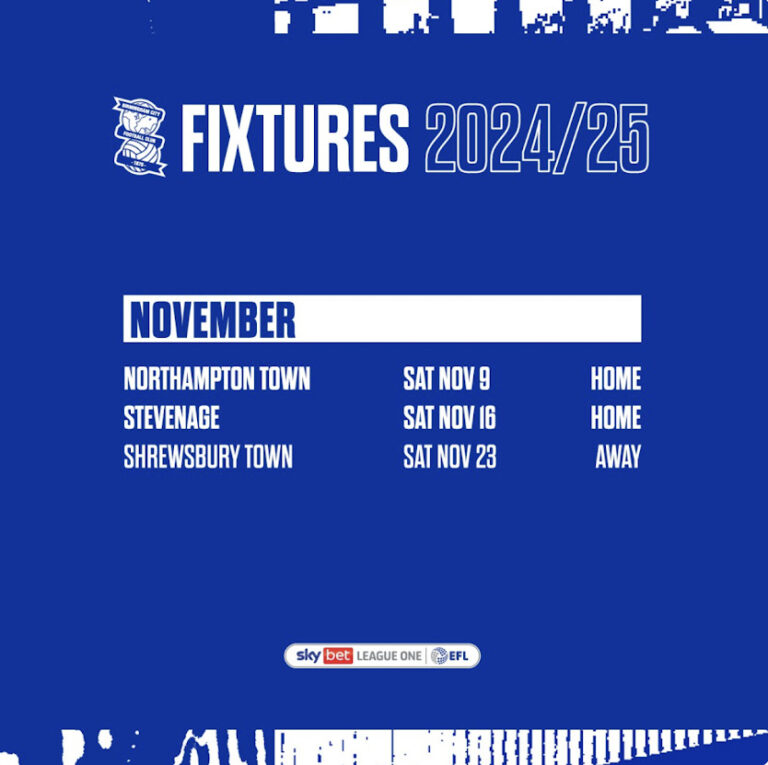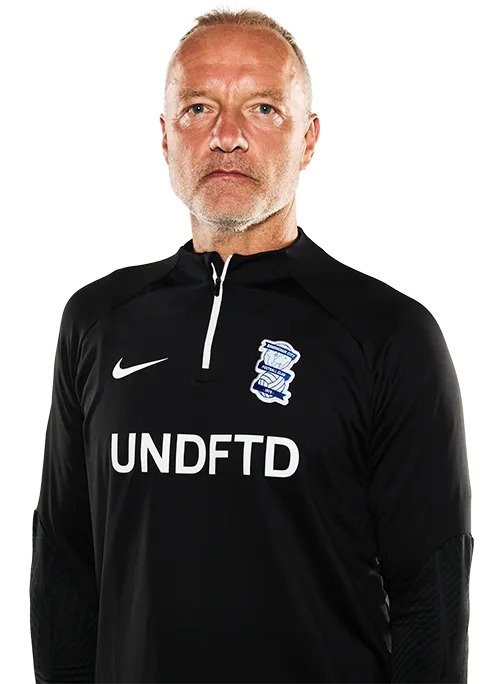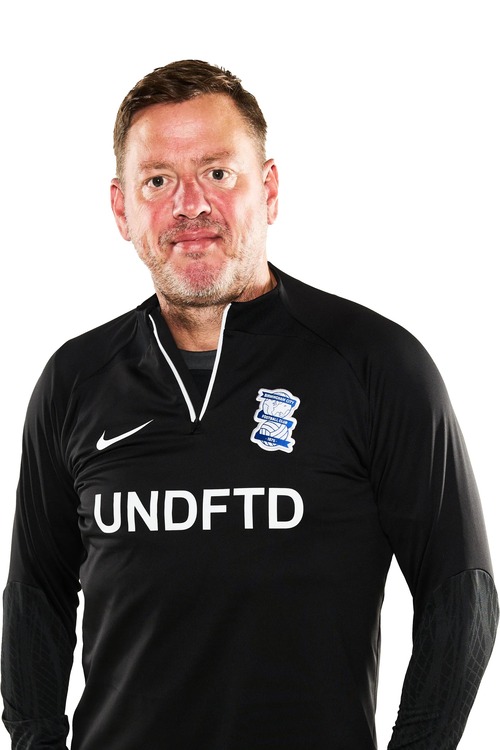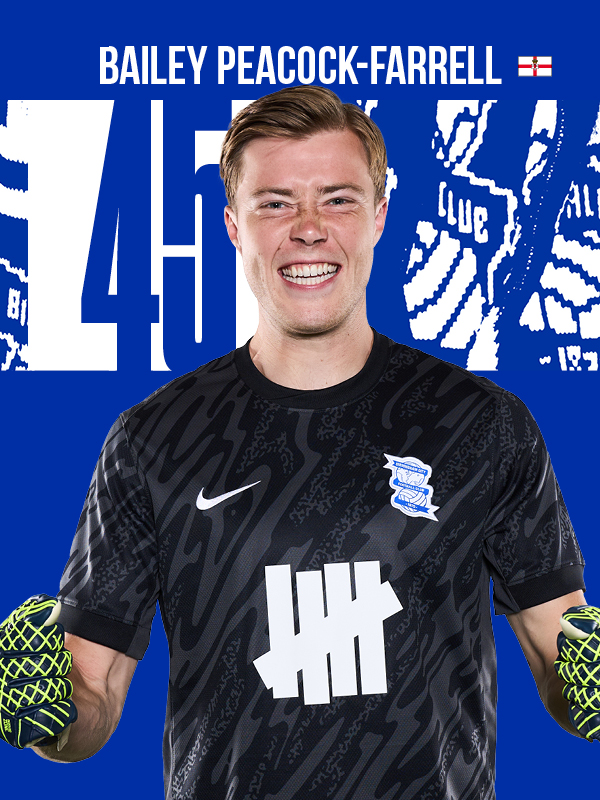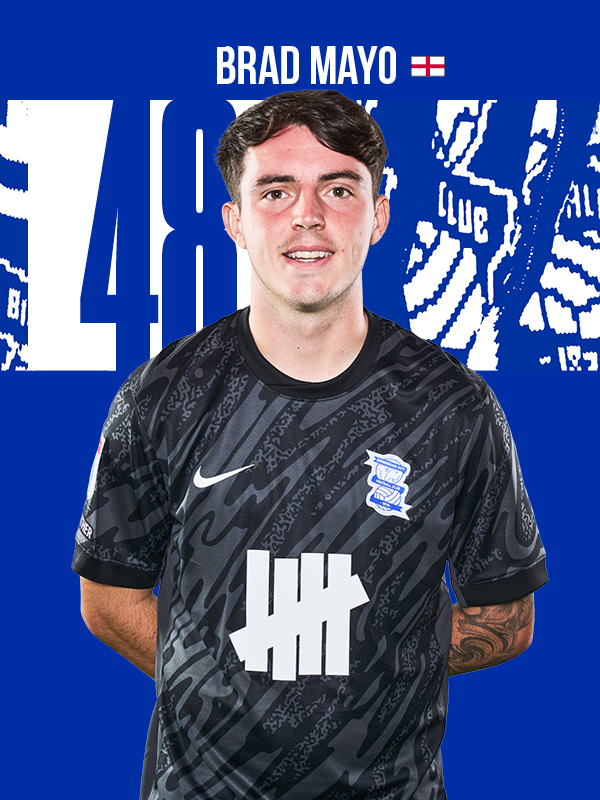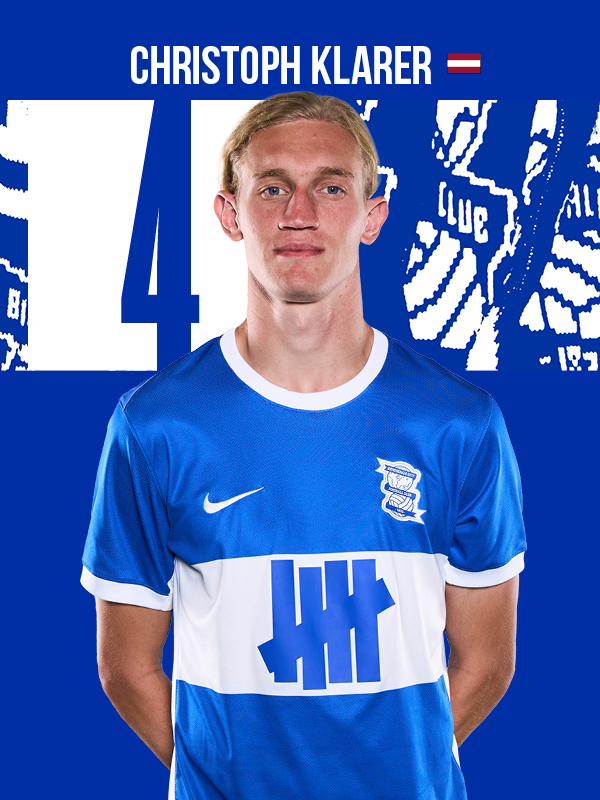
There is only one team in Birmingham worth supporting with true passion and Birmingham City is it. I have been supporting them since 1978 when Jim Smith was the manager. He is my favourite manager to date. I am a blue nose ’til I die.
You can read lots more about Blues by clicking here.
The summer transfer market finished with Chris Davies adding seventeen players to the Blues squad to strengthen us in all departments. Thirteen of those are on a full contract and four are loan signings. 20 players left the club.
Welcome to all of the lads joining Birmingham City and good luck to all those that have left.
After last season Blues needed a good clear out and better players brought in. We certainly got that.
This is going to be a very entertaining season ahead, which will HOPEFULLY end with us as champions or runners up, either way promotion is the number one priority and the class of the new players added to the first team mean we have a brilliant chance indeed.
Summer Transfers: 2024/25 Season
Click on the links below to find out more about the players.
Click here to see our full first-team squad for the 2024/25 season.

Birmingham City’s Summer Transfers.
Players In
Goalkeepers
Ryan Allsop from Hull City.

Ryan Allsop.
Read more about Allsop here.
Bailey Peacock-Farrell from Burnley.

Bailey Peacock-Farrell.
Read more about Peacock-Farrell here.
Defenders
Christoph Klarer from Darmstadt 1898.

Christoph Klarer.
Read more about Klarer here.
Alex Cochrane from Hearts of Midlothian.

Alex Cochrane.
Read more about Cochrane here.
Alfons Sampsted from F.C. Twente (On Loan).

Alfons Sampsted.
Read more about Sampsted here.
Ben Davies from Rangers (On Loan).

Ben Davies.
Read more about Davies here.
Midfielders
Marc Leonard from Brighton & Hove Albion.

Marc Leonard.
Read more about Leonard here.
Willum Willumsson from Go Ahead Eagles.

Willum Willumsson.
Read more about Willumsson here.
Taylor Gardner-Hickman from Bristol City (On Loan).

Taylor Gardner-Hickman.
Read more about Gardner-Hickman here.
Tomoki Iwata from Celtic.

Tomoki Iwata.
Read more about Iwata here.
Luke Harris from Fulham (On Loan).

Read more about Harris here.
Scott Wright from Rangers.

Scott Wright.
Read more about Wright here.
Forwards
Emil Hansson from Heracles Almelo.

Emil Hansson.
Read more about Hansson here.
Alfie May from Charlton.

Alfie May.
Read more about May here.
Jay Stansfield from Fulham.

Jay Stansfield.
Read more about Stansfield here.
Ayumu Yokoyama from Sagan Tosu.

Ayumu Yokoyama.
Read more about Yokoyama here.
Lyndon Dykes from Queens Park Rangers.

Lyndon Dykes.
Read more about Dykes here.
Players Out
Here is a list of all the players out:
John Ruddy released and went to Newcastle United.
Neil Etheridge released and went to Buriram United.
Marc Roberts released and went to Barnsley.
Ivan Sunjic released and went to Pafos F.C.
Marcel Oakley released.
Gary Gardner released and went to Cambridge.
Tate Campbell released and went to Hereford.
Scott Hogan released.
Alex Pritchard went to Sivasspor.
Junior Dixon loaned out to Boreham Wood.
Ben Beresford loaned out to Kidderminster Harriers.
Jordan James went to Stade Rennais F.C.
Emmanuel Longelo loaned out to Cambridge United.
Tommy Fogarty loaned out to Dunfermline.
Juninho Bacuna went to Al-Wehda.
Siriki Dembele went to Oxford United.
George Hall loaned out to Walsall Town.
Koji Miyoshi went to VfL Bochum.
Romelle Donovan loaned out to Burton Albion.
Tyler Roberts loaned out to Northampton Town.
Blog Posts
Birmingham City: Blues History.
Birmingham City: First Team Squad For The 2024/25 Season.
Birmingham City: Fixtures, Results And Goal Scorers For The 2024/25 Season.
Birmingham City: Kits For The 2024/25 Season.
Birmingham City: News For The 2024/25 Season.
Birmingham City: Our 2023/24 Season In Review.
Birmingham City: Staff For The 2024/25 Season.
Birmingham City: The 2023/24 Season Archive.
Birmingham City: Trevor Francis.
Notes And Links
The Birmingham City Club logo shown at the top of this page and photos of our players is the copyright of Birmingham City F.C. and has come from Blues social media pages and website, as has some of the subsequent information via links. The new summer signings for the 2024/25 season image came from Blues News KRO via Facebook. Anything else is from Wikipedia.
Wikipedia content is subject to change.
Birmingham City F.C. – Official website.
Birmingham City on Facebook – This is their official Facebook page.
Birmingham City on Twitter – This is their official Twitter page.
Birmingham City on YouTube – This is their official YouTube page.
Blues Store Online – Birmingham City’s official club store online.
Blues News KRO on Facebook – This is their official Facebook page.


































